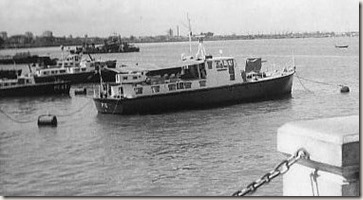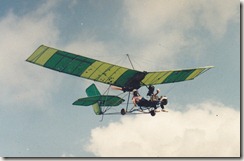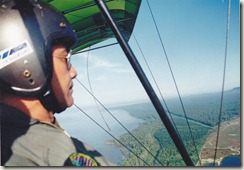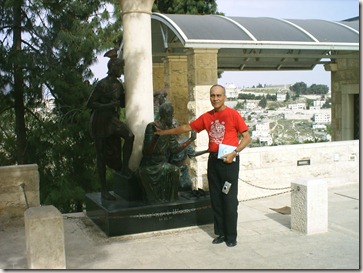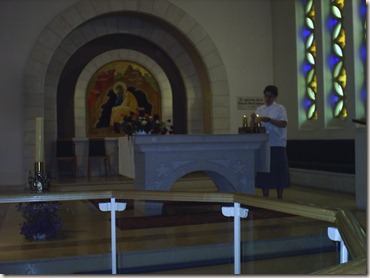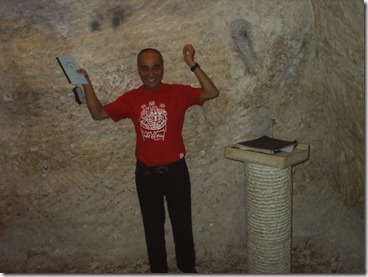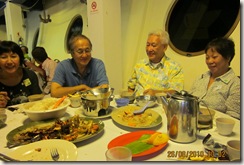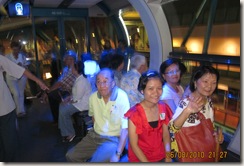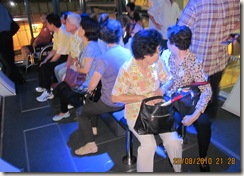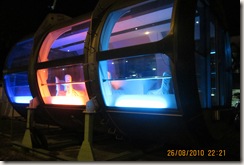When I was young my mother used to tell me, pray to St. Anthony when you lost something, She explained because he is the Patron Saint; the finder of lost things. I answered, “Oh yeah” but I am not too sure. I guess that what is lost or misplaced around the house will eventually be re-discovered. But what is lost outside usually is a goner, especially if it is valuable or precious.
In the 70’s I was in Shipping, running outside dealing with the various Government departments Maritime Authority, Immigration, Port Health. So the necessary paperwork had to be done in order our vessels can enter or leave Port. Certain important papers had to be submitted to the Port Authority for examination for validity and compliance to International safety standard and navigation.
One morning after breakfast I came down to the parking lot where my motorbike was and prepared to ride to office.I placed my bag containing my things including ships documents on to rear of my seat and secured it by a bungee-strap.So started my engine and off I went. Riding happily along West Coast Road towards town. Half-way I felt un-easy, somewhat sensed something was wrong and stretched one hand to touch my bag which was strapped behind me. But felt nothing for it was gone and must have fallen off.
I stopped immediately, it was terribly shocking for I realised the seriousness and gravity of the missing items. I retraced my route but there was no trace. So I went back home and asked my wife and she said that she seen me taking the bag.
She lit the altar and we went down on our knees to pray; I had a statue of St. Anthony from Padua. We prayed fervently, “St. Anthony please help me find my bag.” My ships’ documents are all inside, some are issued by Foreign Government, some by the Classification Society such Certificates as Ship’s Registry, Tonnage, Load-line, Construction, Safety Equipment and the ‘Last Port Clearance. Without submission of these documents to the Port Authority; they simply cannot issue ‘Clearance and allow the vessel to sail. Above all delaying the ship form sailing would costs something like US$5,000/day from running cost, Port expenses, bunker consumed, crew salaries, loss of earnings etc…
It simply meant that my head was on the chopping-block. So sad and depressed and I rode slowly in a daze to face the consequences.But before I could reach office, my pager rang. It was from my wife so I called back and was told of the ‘Good News’ a container-driver had picked it up and gave his phone contact number.
I called him and he told me to meet him at Gate No.1 before entering Port for he was delivering his container for loading. Finally we met and he handed to me my bag.
Thank you, Lord for the give of St. Anthony and thank you St. Anthony. My mother was absolutely right and now I not only believe, I know as it happened to me.My statue of St. Anthony

